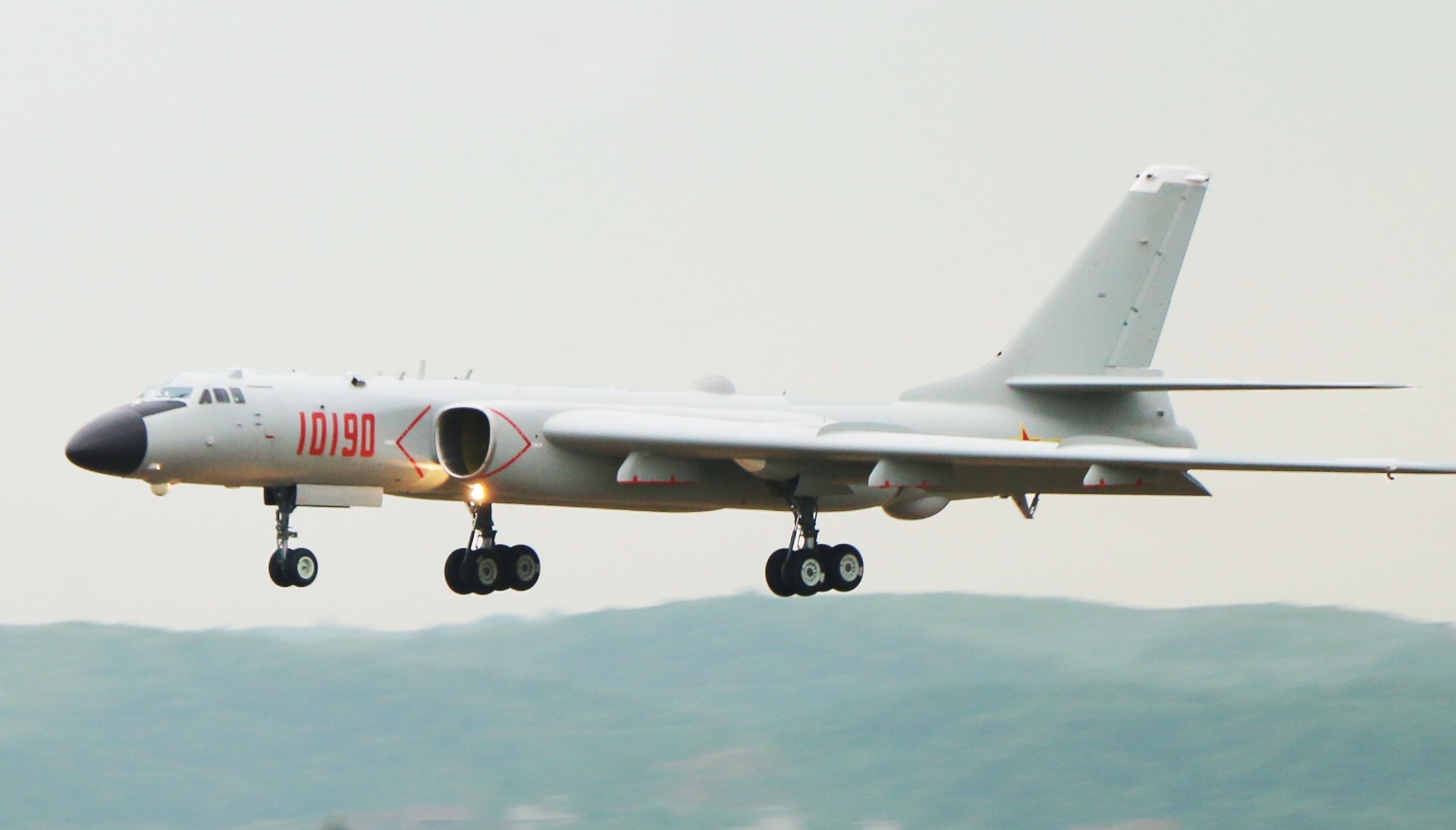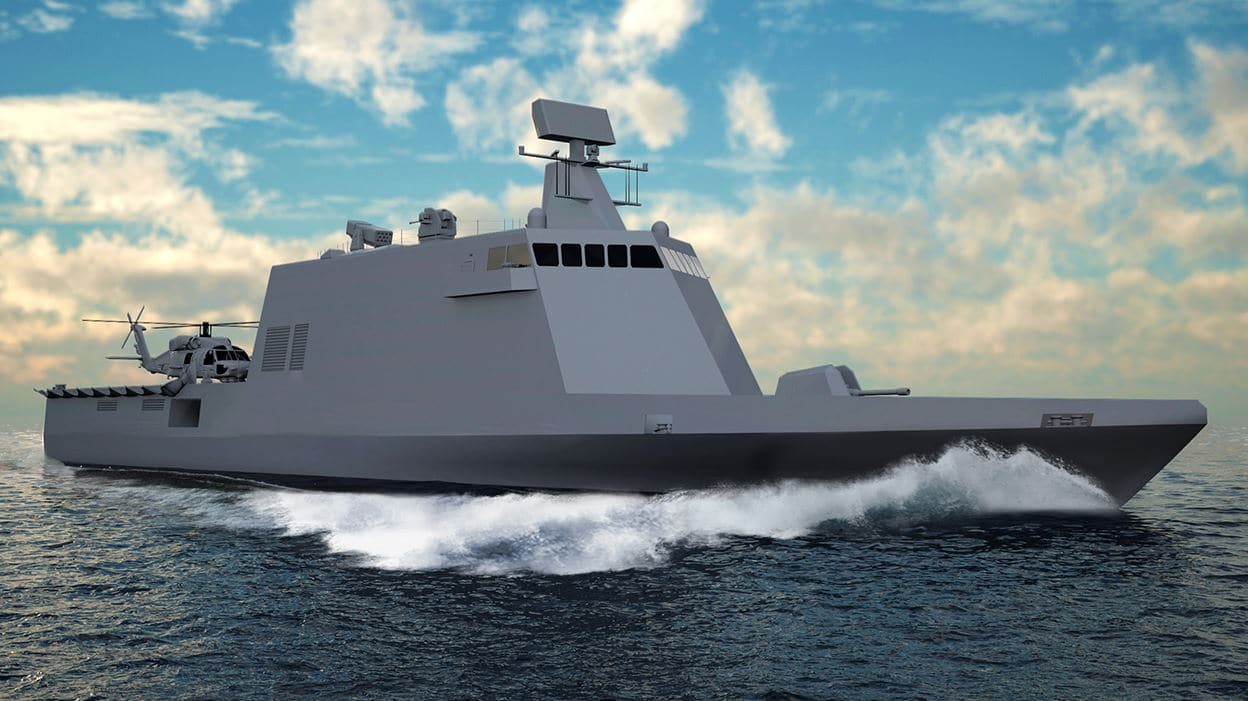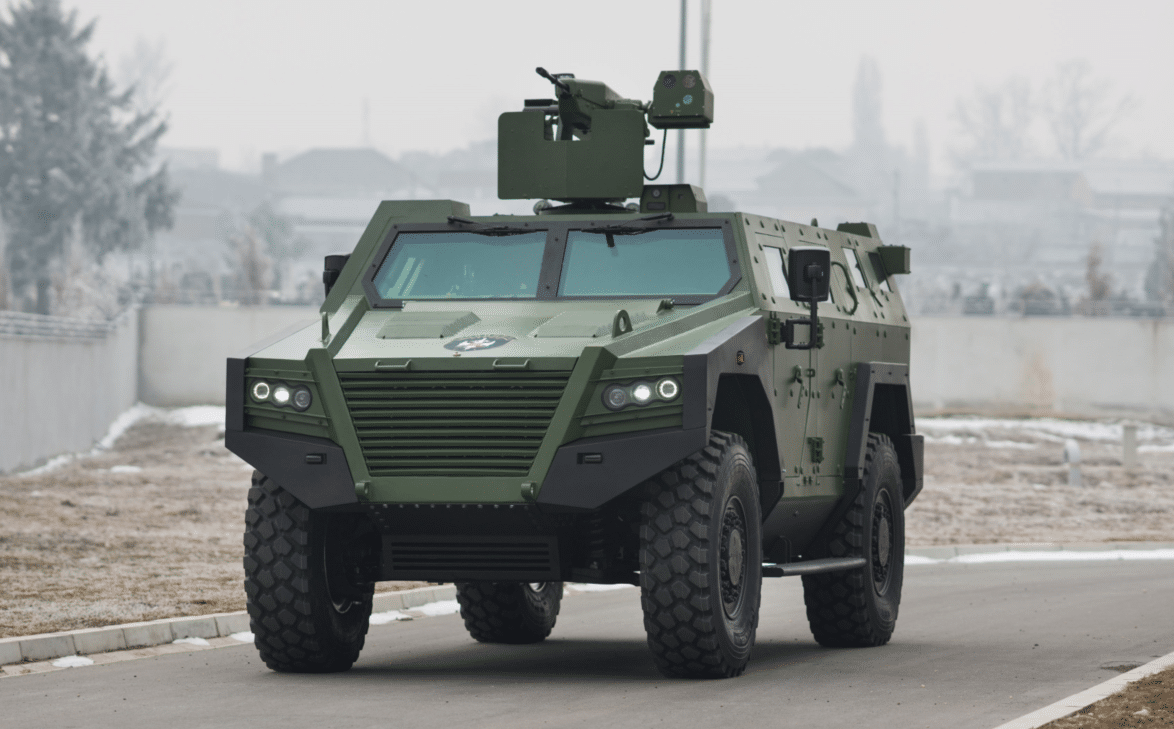2929Views 2Comments

China announces plans for next-gen strategic bomber
The People Liberation Army Air Force (PLAAF)’s commander, General Ma Xiaotian, confirmed to reporters the existence of a next-generation strategic bomber program (China Military).
“We are now developing a next-generation, long-range strike bomber that you will see some time in the future,” he told media representatives during the PLAAF open day.
It is expected that the next-generation bomber will replace the PLAAF’s legacy H-6s, which are locally built versions of the Soviet-era Tupolev Tu-16 Badger.
According to IHS Jane’s, there are roughly 120 H-6 bombers, of which are 13 of the latest H-6K make, which is longer range and more fuel-efficient than its older counterparts.
Notes, Comments & Analysis:
General Ma Xiaotian’s comments mark the first official acknowledgment of a next-generation strategic bomber program, which was widely believed in the observer and analyst community to be in development for at least several years. There is no officially sanctioned or verifiable information on the concept, design or aesthetic appearance of the bomber.
However, one could speculate that the design would draw upon China’s recent success and experience in designing low radar cross-section (RCS) airframes, particularly with the Chengdu J-20 in mind (which is to serve as a long-range strike fighter in PLAAF service).
If the term “strategic” is to be taken seriously in the context of the general’s statement, then it would be reasonable to assume that the design will be large and capable enough to carry long-range cruise missiles, heavyweight stand-off range munitions, and potentially even its hypersonic missiles, which are under development. If the very long-term is in mind, then an unmanned sub-program may also be on the cards.
Analysts have also made note of China’s difficulties in developing modern turbofan engines. While this is a factor to take into account in terms of the next-generation bomber project, it is not necessarily a decisive block on the bomber project’s progress. China would need to master turbofan engine development in order to achieve maximum developmental flexibility in general, not just in terms of the bomber.
Despite this, the PLAAF and PLAN’s various combat aircraft programs, such as the J-20 or the many J-11 variants, are still coming to fruition. It is possible that the PLAAF’s next-generation bomber will surface, at least at the prototype stage, before the availability of a suitable domestic turbofan.



2 Comments
by mh1975
Developing modrn turbofan engines is a process of trial and error, it can be speeded up by hving several teams working simultaneously. The west didnt wake up one days withmodrn turbofan engines, i took them almost 70 years of development to get this far , the chinese have nearly got there in a quarter of the time and will most probably catch up in the next couple of years.
by Top secret clearence
On September 18,2015,a stealth airplane flew at mach 6 speed for several hours and landed.I think it two turbo-scram jet engines(see Popular Science article on Wang Zhengou and his turbo-scram jet engines with pictures) and Shou-En Zhu low cost grapheme alloy airframe.I think China H-8 and H-20 will be power by four turbo-scram jet engines and a grapheme alloy airframe.